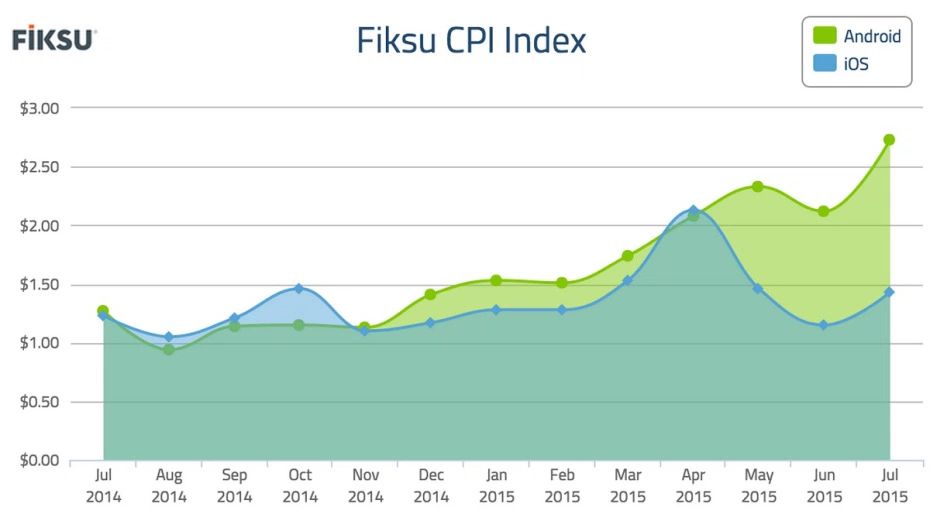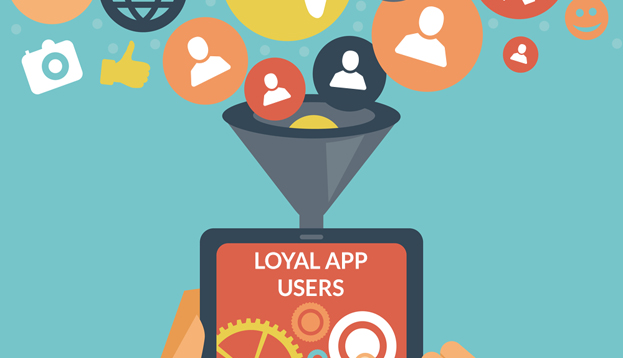The cost per install (CPI) for mobile users is a vital statistic for mobile game and app marketers, as it tracks one of the key costs for marketers seeking to grow their audience. As CPI rises, game developers may be rethinking spending on typical user acquisition. It seems marketers aren’t having any trouble with the bumped-up cost, though, according to new numbers from Fiksu.
As reported by VentureBeat, Fiksu’s report indicates that for the month of July the cost to acquire loyal users through CPI stood at $2.98. While that’s a seven percent drop from the previous month, it shows an increase as a whole compared to the previous year, by 51 percent.
Acquiring new users for apps and games is getting more costly, particularly with developers trying to compete for attention in a market flooded with millions of apps. Still, as mentioned, some marketers are willing to go the distance with that cost.
Over on iOS, the CPI rose to $1.43, a 24 percent increase since June, and a 16 percent increase over the previous year. Android is much higher at $2.73, up 29 percent over the previous month and 115 percent over the previous year.

“July’s results reveal the most important metric that marketers should be focusing on: the cost to acquire a loyal user. This month is indicative of what it looks like when marketers spend smarter,” said Micah Adler, the CEO of Fiksu, in a statement. “We can see month over month that marketers are still getting accustomed to this shift in audience targeting, but they are beginning to realize the power of putting the right messages in front of the right people at the right time.”
Meanwhile, app downloads decreased by 10 percent over the previous month, down to 7.5 million daily downloads for the top 200 free iOS apps, according to the Competitive Index. Part of that is due to the typical summer slowdown in app releases, although that’s likely to pick back up over the holiday season, with the iOS 9 launch and new iPhones expected to arrive sometime next month.
Fiksu advises marketers to prepare for this transition, initiating re-engagement with existing users and ensuring that the app remains relevant, so it doesn’t run the risk of being removed or replaced.

